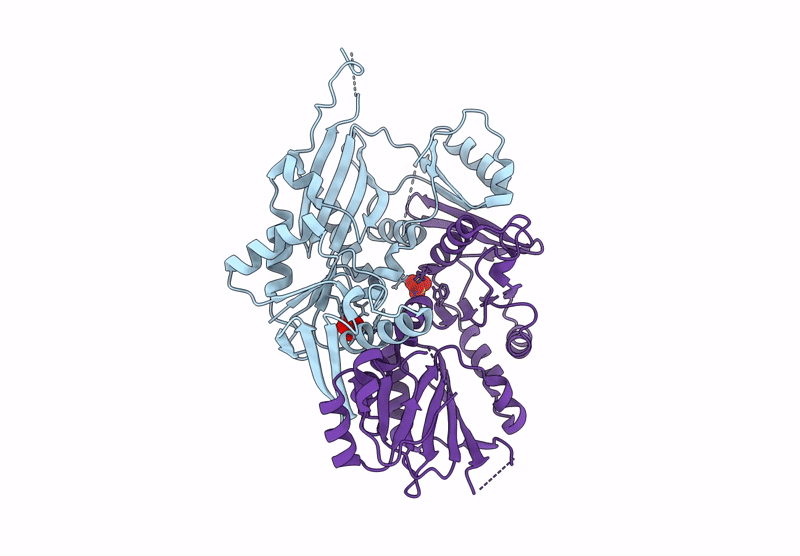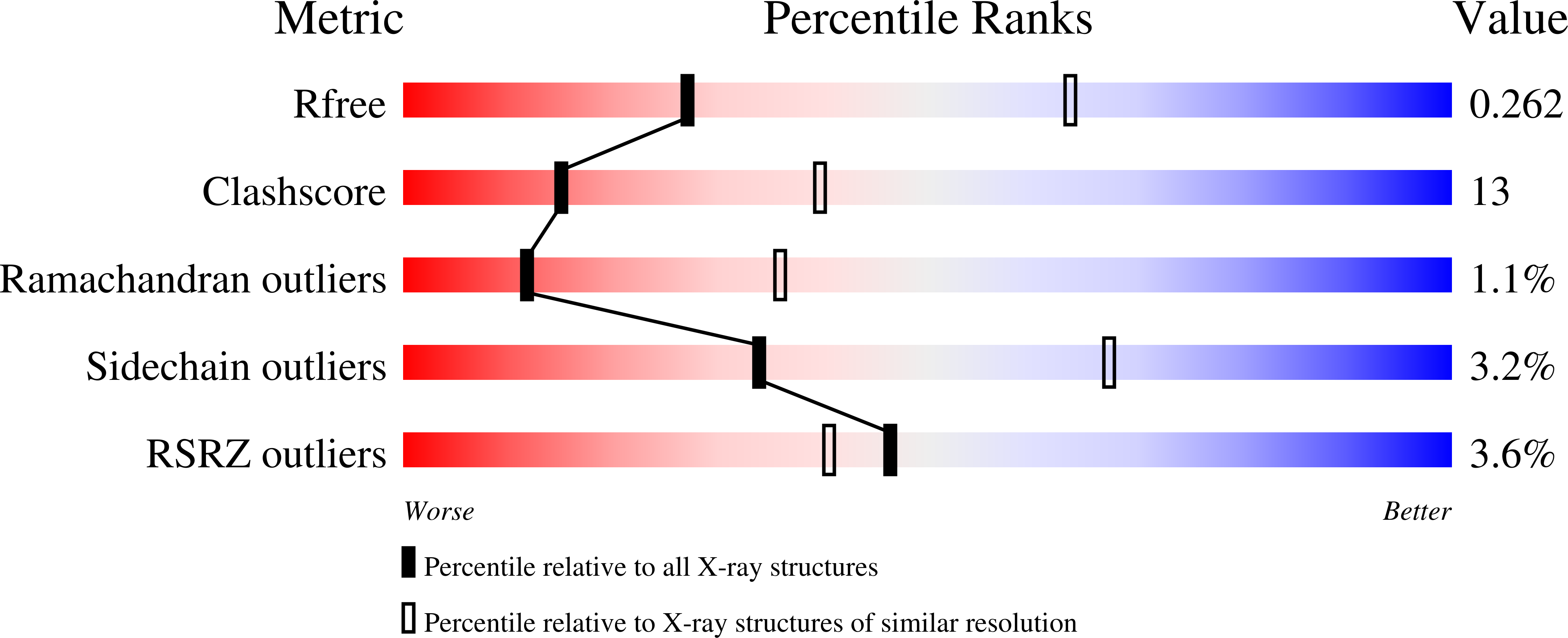
Deposition Date
2024-05-06
Release Date
2024-12-18
Last Version Date
2025-01-01
Entry Detail
PDB ID:
9BOU
Keywords:
Title:
Crystal structure of ATP-grasp ligase PruB from Streptomyces coelicolor A3(2)
Biological Source:
Source Organism:
Streptomyces coelicolor A3(2) (Taxon ID: 100226)
Host Organism:
Method Details:
Experimental Method:
Resolution:
2.91 Å
R-Value Free:
0.25
R-Value Work:
0.20
R-Value Observed:
0.20
Space Group:
I 4 2 2


